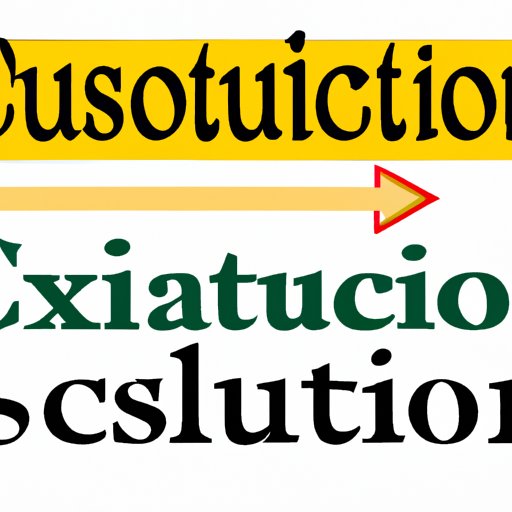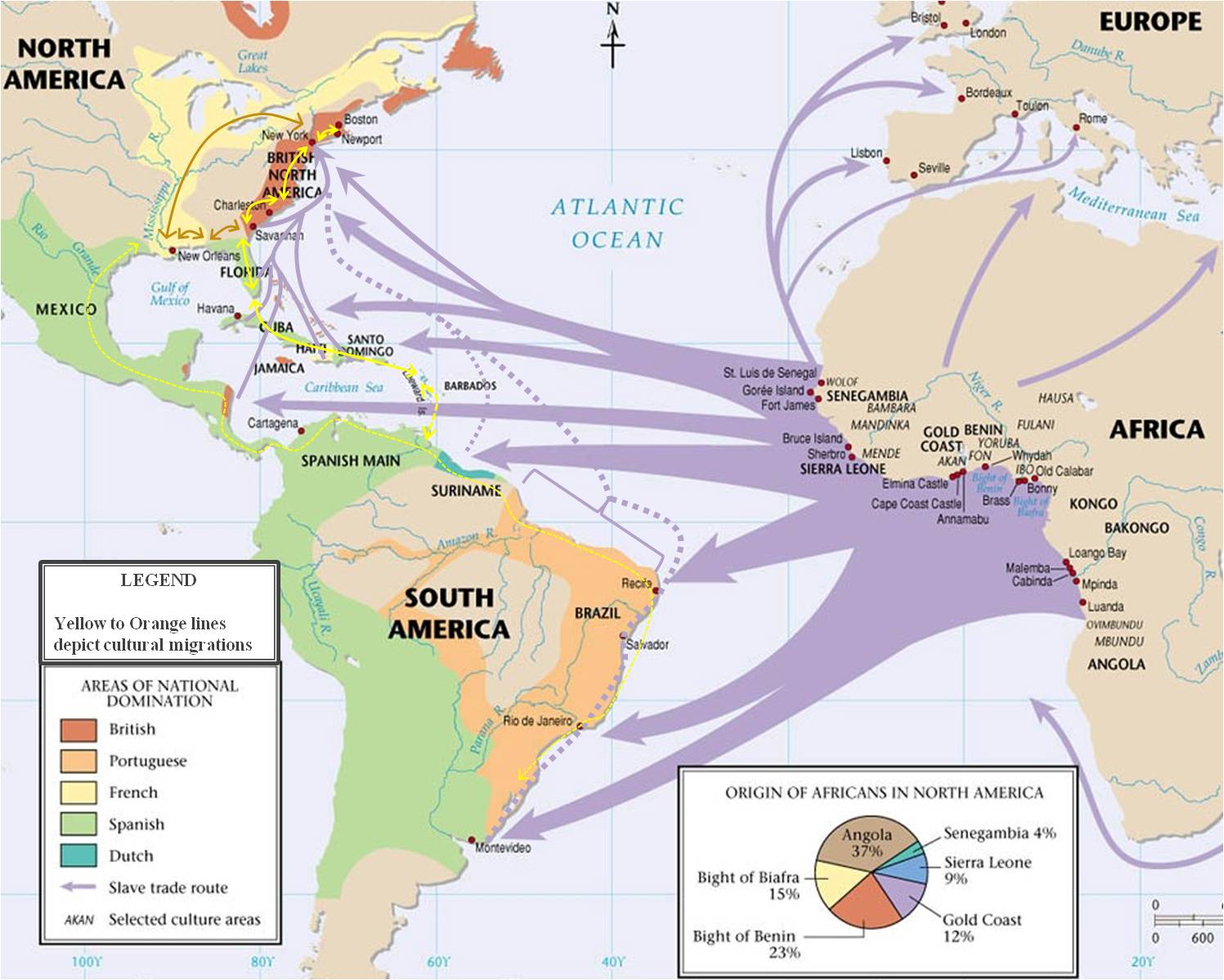Have you ever wondered why pizza is so popular in America, even though it originated in Italy? Or why the English language is spoken all over the world, despite its roots in England? These are examples of culture diffusion, the fascinating process by which elements of one culture spread to other cultures. This phenomenon, a fundamental driver of societal change, shapes our world in myriad ways, influencing everything from our food and fashion to our values and beliefs.

Image: www.tffn.net
Understanding culture diffusion is crucial for navigating an increasingly interconnected world. It allows us to better grasp the complex interplay of cultures, recognize the origins of our own customs, and appreciate the dynamism of societies. This article delves into the mechanics of culture diffusion, examining its historical roots, key patterns, and contemporary significance.
Understanding Culture Diffusion: A Closer Look
Culture diffusion is a multifaceted phenomenon. It encompasses the transmission of a wide array of elements, including:
- Material Culture: Objects and technologies, like tools, clothing, and food (think of the popularity of sushi in the West, originating from Japan).
- Non-Material Culture: Ideas, beliefs, values, customs, and practices (such as the adoption of democratic ideals across the globe).
- Language: The spread of languages, such as the global dominance of English, has significant cultural implications.
- Arts and Entertainment: Music, dance, literature, and film are also readily diffused through globalization and media.
The Channels of Culture Diffusion: How Ideas Travel
Culture doesn’t spread in a vacuum. Here are some key channels that facilitate the diffusion of cultural elements:
- Trade: The exchange of goods and services has always been a potent driver of cultural diffusion. The Silk Road, for example, facilitated the spread of cultural practices, goods, and ideas between East and West.
- Migration: The movement of people from one place to another carries their cultural heritage with them. This has been a constant throughout history, as exemplified by the diverse cultural tapestry of the United States, shaped by waves of immigration.
- Communication: Modern communication technologies, including the internet and social media, have accelerated cultural diffusion to an unprecedented level. This has led to the rapid spread of ideas, trends, and cultural practices across the globe.
- War and Conquest: Historical conquests have often led to the spread of dominant cultures. The Roman Empire’s expansion, for instance, brought Roman culture and language to vast territories.
- Education: Educational systems can play a vital role in the diffusion of knowledge and cultural values. Learning about different cultures through education can foster greater understanding and tolerance.
Patterns of Culture Diffusion: How Cultures Interact
How cultural elements spread is influenced by various factors. These factors determine the patterns of diffusion, shaping how cultures interact.
- Acculturation: This process involves adopting cultural traits from another group. While this usually occurs during prolonged interactions, it can be accelerated through globalization. For instance, the influence of American pop culture is evident in many countries through fashion, music, and lifestyle choices.
- Assimilation: This is a more extreme form of acculturation, involving the complete absorption of a minority culture into a dominant culture. It often involves language shifts and the adoption of dominant cultural norms. This is seen in the history of many immigrant groups, who adopt the language and customs of their new homeland.
- Syncretism: This involves the blending of different cultural traditions into a new, hybrid form. A prominent example is the creation of new religions, such as Santeria, which combines African traditions with Catholicism.
- Diffusion by Stimulus: This involves the spread of a general idea, even if the specific practice is not adopted. For example, the invention of the printing press spread the concept of mass communication, inspiring various adaptations around the globe.

Image: brianaltonenmph.com
The Impact of Culture Diffusion: Pros and Cons
Culture diffusion, like any powerful force, has both positive and negative implications. These implications are intertwined and complex, reflecting the diverse dynamics of cultural encounters.
Benefits of Culture Diffusion
- Cultural Enrichment: Exposure to diverse cultures enriches our lives, expands our perspectives, and fosters a deeper understanding of the world. Learning about different traditions and customs can broaden our horizons and challenge our assumptions.
- Technological Advancement: The diffusion of new technologies enhances global progress. Innovations in areas like medicine, communication, and agriculture find broader applications, improving lives and facilitating development.
- Economic Growth: The exchange of goods, services, and ideas across borders fuels economic growth, fostering international trade and collaboration.
- Increased Tolerance: Culture diffusion can contribute to greater understanding and tolerance between people from different backgrounds. By interacting with diverse cultures, individuals gain a better appreciation for the values and practices of others.
Challenges of Culture Diffusion
- Cultural Homogenization: The rapid spread of dominant cultures can lead to a decline in cultural diversity. This can result in the homogenization of societies, where unique local traditions and practices are overshadowed by global influences. Think about the potential loss of indigenous languages and cultural practices due to the dominance of English and western trends.
- Cultural Imperialism: Extreme forms of culture diffusion can lead to the imposition of one culture onto another, with potential negative consequences. This can undermine local identities and traditions, creating tensions and conflicts.
- Loss of Cultural Identity: The influx of external cultural influences can challenge individuals’ sense of identity and belonging. This can lead to feelings of disorientation and alienation, particularly for minority groups.
- Cultural Appropriation: The use of cultural elements from one group by another, often in an insensitive or exploitative manner, is a contentious issue. This can perpetuate stereotypes, misrepresent cultural meanings, and undermine the integrity of original traditions. (For example, borrowing from Indigenous cultures for fashion or music without acknowledging the origin or meaning).
The Future of Culture Diffusion: A World in Flux
With the relentless pace of globalization and the pervasiveness of digital communication, culture diffusion is likely to continue playing a critical role in shaping our world. We see these trends reflected in various aspects of contemporary society:
- The Rise of Hybrid Cultures: Cultural blending is becoming increasingly commonplace, leading to the emergence of hybrid cultures that combine elements of different traditions. This is exemplified by the fusion cuisines that are popular across the globe.
- The Global Village: The internet and social media have interconnected people around the world, creating a “global village” where cultural exchange is rapid and widespread. This has led to a blurring of geographical boundaries and the rise of international communities with shared interests and values.
- Challenges to Cultural Identity: As cultural boundaries become more fluid, the question of cultural identity becomes more complex. Individuals are navigating a world in which traditional markers of identity are increasingly challenged by global influences.
What Is Culture Diffusion
Navigating the Interplay of Cultures: A Call to Action
Culture diffusion is an ongoing process with profound implications for our understanding of the world. As we continue to interact and learn from different cultures, it is essential to approach these interactions with respect, understanding, and a commitment to promoting cultural diversity. This means being conscious of the power dynamics involved in cultural exchange, engaging in critical reflection about the influences shaping our own identities, and working towards a future where cultural differences are celebrated rather than homogenized.
Understanding culture diffusion is not only about recognizing the origins of our food, music, and fashion. It is about recognizing the interconnectedness of humanity and appreciating the dynamic interplay of cultures that shapes our shared experience.





